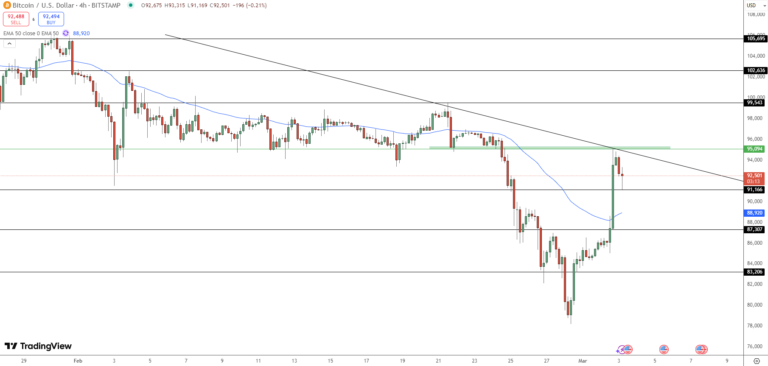Last updated:
 Why Trust Cryptonews
Why Trust Cryptonews

U.S. authorities are taking steps to return $8.2 million in cryptocurrency seized from three scam-linked addresses to victims of a fraudulent investment scheme.
The scam, which tricked individuals into sending money under false pretenses, primarily relied on deceptive messages and social engineering tactics to lure victims into fake crypto investments.
According to a statement from the Ohio District Attorney’s office on February 28, the Federal Bureau of Investigation (FBI) has identified 33 victims who collectively lost $6 million to the scheme, with five additional victims yet to be confirmed.
Scammers Use ‘Wrong Number’ Messages to Lure Victims on Texts and Apps
The fraudsters initiated contact through seemingly innocuous “wrong number” messages sent via text, dating apps, and professional networking groups.
Once a victim responded, the scammers built trust by engaging in friendly conversations over time.
Using manipulative tactics, the criminals would convince their targets of lucrative investment opportunities in cryptocurrency, often claiming they or someone they knew had seen great success in the market.
Victims were then guided through the process of opening accounts on legitimate crypto exchanges, only to be tricked into transferring funds to fraudulent platforms controlled by the scammers.
The FBI launched an investigation after a victim filed a complaint with the agency’s Internet Crime Complaint Center in June 2023.
A blockchain analysis revealed that a portion of the stolen funds had been converted into Tether (USDT) and transferred to three specific cryptocurrency addresses.
Following the issuance of a federal seizure warrant, authorities froze the funds with the help of Tether, which moved them into a law-enforcement-controlled wallet.
Since then, the funds have remained secured as legal proceedings unfold.
On February 27, acting U.S. Attorney for Ohio Carol Skutnik and Assistant U.S. Attorney James Morford filed a forfeiture complaint in an Ohio District Court.
The motion requests that all funds in the three implicated crypto addresses be officially forfeited, enabling their return to the victims.
According to the complaint, the scam accounts held funds exceeding the directly traceable losses of the victims, with the total amount reaching $8.2 million.
Authorities believe these additional funds were acquired through money laundering and wire fraud.

Devastating Impact on Victims
One notable case involved an Ohio woman who lost her life savings of $663,000 to the scam.
After being convinced to send her funds, the fraudsters demanded additional payments, claiming they were necessary to release her initial investment.
When she was unable to comply, the scammers allegedly threatened harm to her friends and family.
In February 2025, losses in the crypto ecosystem increased by 20x month-over-month compared with January 2025, according to the latest report by major blockchain security platform Immunefi.
In January, registered losses stood at $73,915,700. Just a month later, this figure jumped to $1,528,342,400. The latter was the result of nine hacks.
Additionally, the February number is an 18x increase from the same time a year prior. In February 2024, registered losses were $81,603,400.














